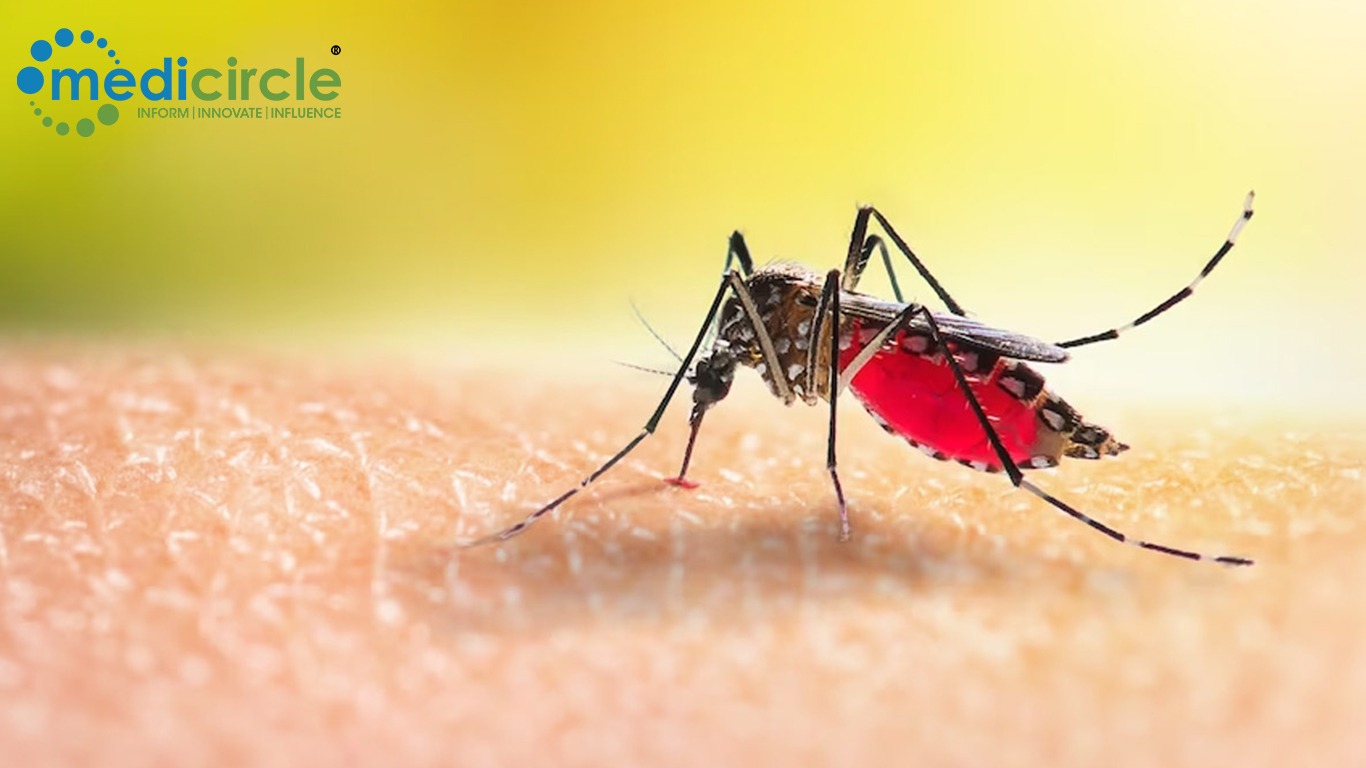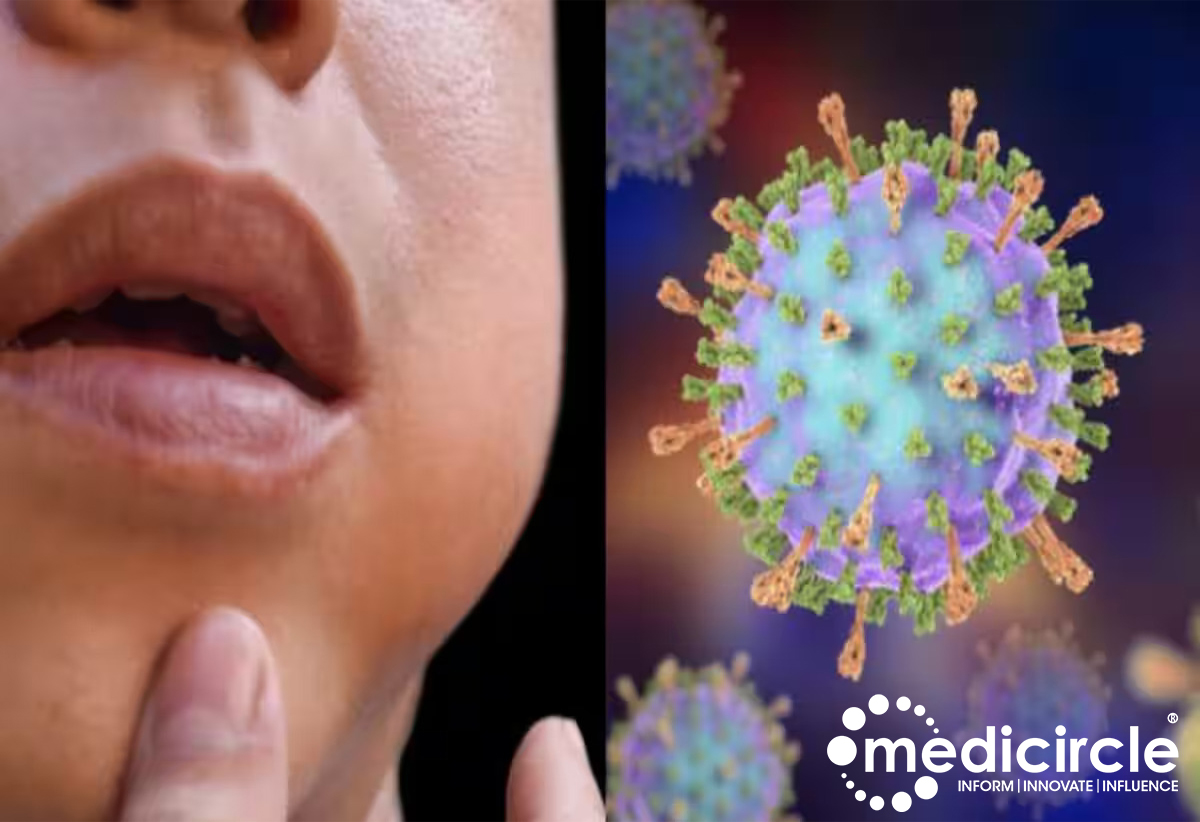Chikungunya, a disease once know for past outbreaks, has made a troubling comeback in Pune and surrounding regions. Traced to the Indian Ocean lineage of the virus, this re-emergence has sparked fresh concern among health experts and the public alike. However, what is perhaps most unsettling is that this strain is not new, but an old foe resurfacing with unexpected severity.
As scientists at the National Institute of Virology (NIV) in India have confirmed, the current outbreak is the result of a resurgence of an older variant of the chikungunya virus that has been circulating in India for years. Despite not being classified as a novel strain, the impact of this outbreak is significant, particularly given the increasing severity of the symptoms observed in recent patients. Let's explore the underlying causes of this resurgence, the implications for public health, and how the community can better prepare for future outbreaks.
Chikungunya is transmitted through the bite of infected Aedes mosquitoes, which also spread diseases such as dengue and Zika. The Indian Ocean lineage of the chikungunya virus was first identified in 2006 during a mass outbreak on the islands of the Indian Ocean. One of the worst-hit locations, the island of Réunion, reported over 45,000 cases within a week, sending shockwaves through the global health community.
Despite its devastating initial impact, the virus has never truly disappeared. It has continued to circulate in various parts of the world, including India, where smaller outbreaks have occurred sporadically. The latest resurgence in Pune, according to scientists at NIV, closely mirrors the genetic structure of earlier strains, a phenomenon known as "clustering." This means that while the virus has resurfaced, its core genetic makeup remains largely unchanged.
Dr. Naveen Kumar, Director of NIV, emphasized that this clustering is a key factor in understanding the current outbreak. “This is not a novel strain,” he explains. “Rather, it’s a resurgence of the same lineage that has been circulating for years.” The consistency in the virus’s genetic code suggests that the virus has not mutated significantly, but instead, other factors may be at play in the resurgence of cases.
One of the most alarming aspects of the current chikungunya outbreak in Pune is the severity of symptoms reported by patients. While chikungunya typically causes fever, joint pain, headache, and rash, many individuals are experiencing heightened symptoms that are more intense and longer-lasting than in previous outbreaks. This has led to concern among healthcare providers, who fear that even though the virus itself has not mutated significantly, it may be interacting with other environmental or host-related factors that exacerbate its effects.
A study conducted in 2022 by the National Institute of Virology found nonsynonymous mutations in the chikungunya virus detected in mosquitoes. These mutations, found in both the structural and nonstructural regions of the virus, could be one explanation for why patients are experiencing more severe symptoms. Nonsynonymous mutations alter the amino acid sequence of proteins, potentially leading to changes in how the virus behaves within the human body.
However, while these mutations are noteworthy, many experts believe that the increased severity of symptoms cannot be attributed solely to the virus’s genetic makeup. Dr. Kumar cautions against focusing too much on the virus’s mutations. “Yes, the genetic structure of the virus has changed slightly,” he notes, “but we also have to consider the role of the environment, human immunity, and other co-infections that may be playing a part in worsening the disease.”
Beyond the genetic aspects of the chikungunya virus, several environmental and host-related factors could be contributing to the severity of the current outbreak. For instance, the weather conditions in Pune and the surrounding regions characterized by heavy monsoons create an ideal breeding ground for mosquitoes. Stagnant water, humid conditions, and improper waste disposal all contribute to the proliferation of Aedes mosquitoes, increasing the likelihood of disease transmission.
Another crucial element is the role of host immunity. Over time, the population may have developed partial immunity to earlier strains of the virus. However, this immunity could be waning, or the immune system may be weakened by other diseases, co-infections, or malnutrition. In regions where chikungunya has not been prevalent for several years, communities may be less prepared to handle a resurgence of the disease, leading to an increase in severe cases.
Moreover, experts suggest that other viral or bacterial infections may compound the severity of chikungunya symptoms. For example, co-infections with dengue, which is also spread by the Aedes mosquito, have been shown to worsen the clinical outcomes of both diseases. In addition, individuals with compromised immune systems such as those suffering from chronic illnesses are more vulnerable to the effects of chikungunya, which could explain why some patients are experiencing more severe manifestations of the disease.
As chikungunya continues to spread in Pune and nearby regions, the question remains: How can we prevent or mitigate future outbreaks? The key lies in a multifaceted approach that addresses not only the virus itself but also the environmental and social factors that contribute to its transmission.
First and foremost, controlling the mosquito population is essential. Public health initiatives should focus on eliminating mosquito breeding sites by encouraging communities to remove stagnant water from their surroundings, use insect repellents, and install mosquito nets and screens. Government-led campaigns to fumigate high-risk areas can also play a crucial role in reducing mosquito numbers.
In addition to mosquito control, raising public awareness about the importance of personal protection is crucial. Individuals should be educated on how to prevent mosquito bites, such as wearing long-sleeved clothing, using mosquito repellents, and avoiding outdoor activities during peak mosquito activity times.
Vaccination efforts, while still in the research phase for chikungunya, could eventually provide long-term protection against the disease. Scientists are working on developing vaccines that target the virus’s specific genetic makeup, and while progress is being made, it may be several years before a chikungunya vaccine becomes widely available.
Finally, improving access to healthcare services is critical for reducing the impact of future chikungunya outbreaks. In regions like Pune, where healthcare infrastructure may be strained, ensuring that patients have access to early diagnosis and treatment can significantly reduce the severity of the disease. Strengthening the public health system and training healthcare providers to recognize and manage chikungunya cases effectively can go a long way in reducing the burden of the disease.
The resurgence of the chikungunya virus in Pune serves as a reminder that viral diseases never truly disappear. While the Indian Ocean lineage of the virus has been circulating for over a decade, its recent resurgence demonstrates how quickly a disease can re-emerge under the right conditions. As researchers and public health officials work to contain the current outbreak, it is essential to learn from the past and take proactive measures to prevent future resurgences.
By focusing on mosquito control, improving public health infrastructure, and raising awareness about personal protection, communities can better prepare for the next wave of chikungunya or any other mosquito-borne illness. As the world continues to suffer with emerging and re-emerging infectious diseases, the lessons learned from outbreaks like chikungunya can help pave the way for a healthier, more resilient future.
The chikungunya outbreak is not merely a thing of the past; it is a potent reminder of the ongoing threat posed by mosquito-borne diseases. With its origins in the Indian Ocean lineage, this particular strain may not be new, but its impact is certainly being felt anew in the form of severe symptoms and widespread infection. As the world becomes more interconnected and environmental conditions continue to shift, chikungunya may be just one of many diseases that resurface unexpectedly.
By taking a comprehensive approach that includes genetic research, environmental management, and public health education, we can mitigate the effects of future outbreaks and better protect ourselves from the invisible threats that surround us.
.jpg)
 By focusing on mosquito control, improving public health infrastructure, and raising awareness about personal protection, communities can better prepare for the next wave of chikungunya.
By focusing on mosquito control, improving public health infrastructure, and raising awareness about personal protection, communities can better prepare for the next wave of chikungunya. 







.jpg)











.jpeg)



















.jpg)
.jpeg)